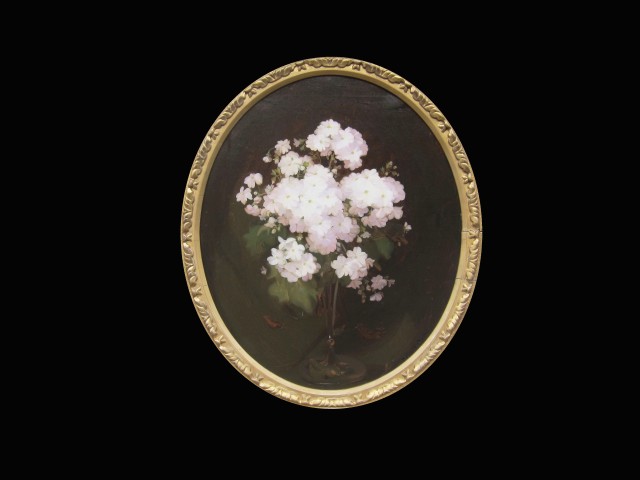James Stuart Park
(1862-1933)
James Stuart Park was born in Kidderminster, Worcestershire, but he spent most of his childhood in Ayrshire, Scotland. He began his artistic studies at the Glasgow School of Art and continued in Paris, under Jules Joseph Lefebvre, Gustav Boulanger and Fernand Cormon. However it was only in 1888, after painting in his spare time, that Stuart Park took up painting professionally. Stuart Park is most well known for his carefully arranged bouquets of flowers and a highly developed, individual painting technique in which he used thick and rapid strokes, often against a dark background. His floral subjects are not always defined, but rather are suggested through colour and texture, a clear indication of Stuart Park’s interest in the decorative effects of paint.
Although he rarely exhibited in England, Stuart Park’s paintings were regularly shown at the Royal Scottish Academy and annually at the Glasgow Institute. His works were also widely collected, particularly in the West of Scotland, where he had a strong following. Stuart Park has sometimes been associated with the Glasgow Boys and whilst he did exhibit with them, was never a central member of the group. He died in Kilmarnock, where he settled in the late 1890s. k, where he settled in the late 1890s.
